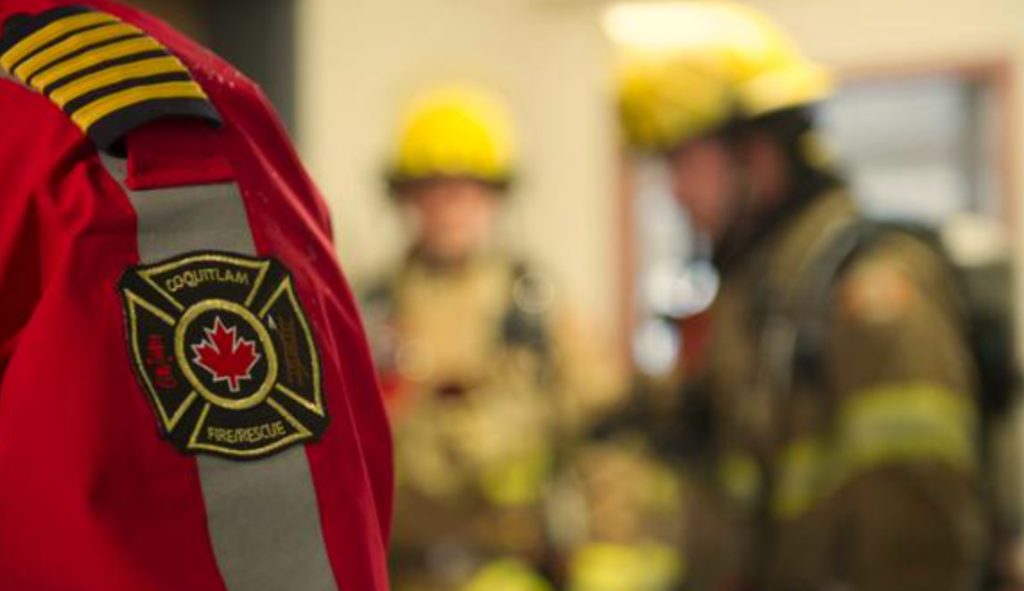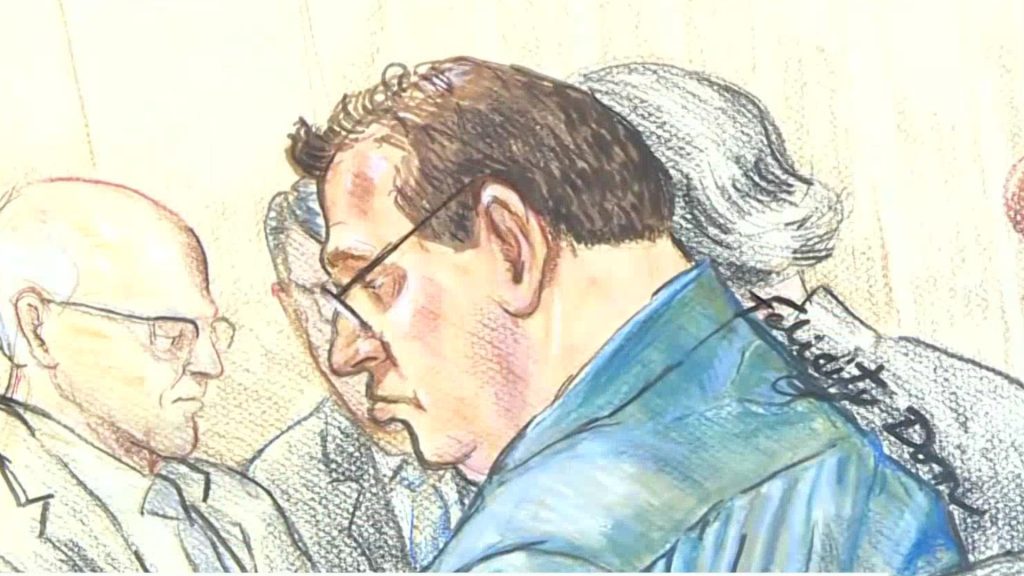Homeless count shows increase in street homelessness
Posted April 23, 2014 11:49 am.
This article is more than 5 years old.
VANCOUVER (NEWS1130) – Street homelessness in Vancouver has increased by 250 per cent over the last three years.
Despite this the mayor thinks the problem can still be eliminated by next winter.
There is less than a year left for Gregor Robertson to meet his goal.
“We can still end street homelessness by 2015. If there is a concerted effort, and we see some additional investment from the BC government and the Federal government. That’s where we need more help,” he explains.
He says there’s one particular way to reach the goal. “We’ll need a bigger commitment to low barrier shelters for next winter. We’d like to see the Chez Soi At Home funding reinstated and the federal government bringing their funding back to the table on that. And maintaining their housing budget funding.”
Early stats show 538 people are not in a shelter in Vancouver, in 2011 that number stood at 154.
“The ultimate lesson here is that there is a lot more work to do, we have to re-double our efforts to solve homelessness. There are thousands of people sleeping outside every night and that is absolutely unacceptable. We need that to end,” adds Robertson.
Regionally, there has been just a 5 per cent increase in homelessness throughout Metro Vancouver.
Volunteers fanned across the region to document and interview homeless people in streets and shelters, as well as those with “no fixed address” in hospitals, jails and detox facilities, plus couch surfers and people who used homelessness services on the day of the count.
“Regionally speaking, homeless numbers remain stable from previous years,” said Deb Bryant, Chair of the Greater Vancouver Regional Steering Committee on Homelessness in a release. “This shows that we’ve stemmed the tide of increasing homelessness and have achieved some stability – but we still have more to do to end and prevent homelessness.”
BC’s housing minister says it is important to look at areas outside of Vancouver for a more accurate representation of the region’s homeless.
Rich Coleman says the overall homelessness actually went down in cities like Langley, Burnaby, Ridge Meadows and New Westminster.
According to the minister, $600 million has been invested in the City of Vancouver alone since 2006.
“If you look at Metro Vancouver, it’s down by 35 and more per cent in other communities across the region,” says Coleman. “So the regional balance is that homelessness is down overall, and I think that’s an important stat to read, not just take the one piece of the statistical data, and say it’s just that one piece.”
Of the 2,770 in the region, 1,813 were considered “sheltered homeless,” meaning they were found in shelters, safe houses for youth or transition houses for women. This category also includes individuals with “no fixed address” staying temporarily in hospital beds, jails or detox facilities.
The 2014 count identified 957 people considered “unsheltered homeless,” that is, people living outside, couch surfing or using homelessness services on the day of the count.
Aboriginal people continue to make up nearly one third, or 31 percent, of the total homeless population. This year’s count identified 582 Aboriginal people who were homeless, compared to 394 in 2011.
A total of 410 youth (under the age of 25) were counted as homeless compared to 397 in 2011. Despite the higher number, the proportion of youth homelessness decreased to 20 per cent in 2014 from 24 percent in 2011.
A total of 371 seniors (55 and older) were counted as homeless. These seniors represented 18 percent of the homeless population, up from 16 percent in 2011.










